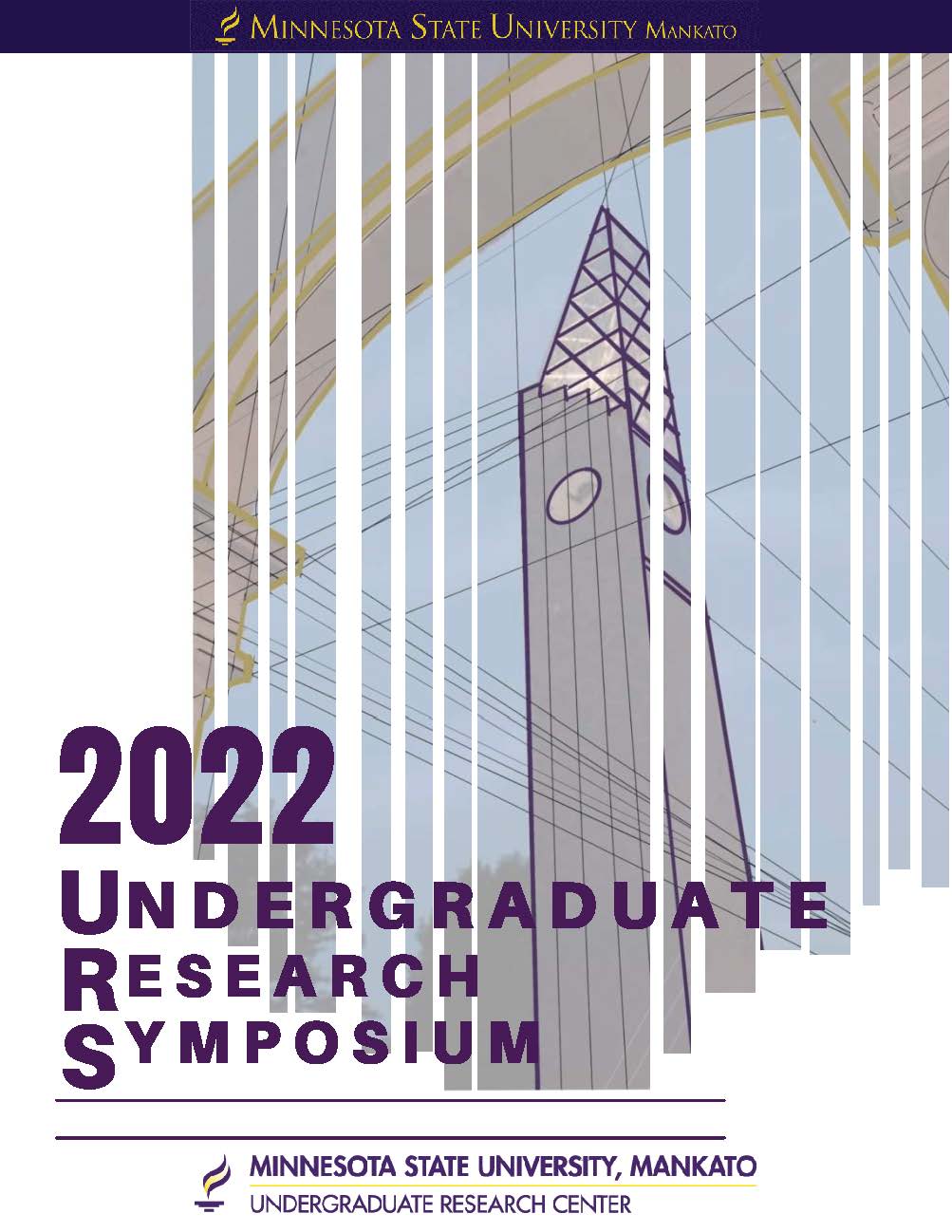Teaching Microaggression to College Students through Stimulus Equivalence Procedure
Location
CSU Ballrom
Start Date
12-4-2022 10:00 AM
End Date
12-4-2022 11:30 AM
Student's Major
Psychology
Student's College
Social and Behavioral Sciences
Mentor's Name
Angelica Aguirre
Mentor's Department
Psychology
Mentor's College
Social and Behavioral Sciences
Description
The term microaggression is used to describe daily verbal, behavioral, or environmental occurrences that communicate hostile, derogatory, or negative messages towards stigmatized or culturally marginalized groups (Sue et al., 2007). Whether intentional or unintentional, the message of these verbal and nonverbal behaviors is to invalidate the identities, realities, or cultural practices of people belonging to a marginalized group (Sue et al., 2007; Sue, 2010a, p.3). The existing research on microaggressions focuses on examining how different demographics experience microaggressions, the influence of intersecting identities, and how microaggressions are expressions of oppression. Previous studies have focused on college students and their experiences with microaggressions, however little research has been conducted on the prevention of microaggressions or effective interventions. The field of behavioral analysis has demonstrated potential in reducing bias through the use of derived relational responding (DRR), which allows for the emergence of associations between stimuli that have not been directly taught (Matsuda et al., 2020). The current study aimed to teach college students microaggression terminology that will aid in their understanding of microaggressions. Results and implications will be discussed.
Teaching Microaggression to College Students through Stimulus Equivalence Procedure
CSU Ballrom
The term microaggression is used to describe daily verbal, behavioral, or environmental occurrences that communicate hostile, derogatory, or negative messages towards stigmatized or culturally marginalized groups (Sue et al., 2007). Whether intentional or unintentional, the message of these verbal and nonverbal behaviors is to invalidate the identities, realities, or cultural practices of people belonging to a marginalized group (Sue et al., 2007; Sue, 2010a, p.3). The existing research on microaggressions focuses on examining how different demographics experience microaggressions, the influence of intersecting identities, and how microaggressions are expressions of oppression. Previous studies have focused on college students and their experiences with microaggressions, however little research has been conducted on the prevention of microaggressions or effective interventions. The field of behavioral analysis has demonstrated potential in reducing bias through the use of derived relational responding (DRR), which allows for the emergence of associations between stimuli that have not been directly taught (Matsuda et al., 2020). The current study aimed to teach college students microaggression terminology that will aid in their understanding of microaggressions. Results and implications will be discussed.
Recommended Citation
Venner, Sophia; McKay Gray; and Prajita Chauhan. "Teaching Microaggression to College Students through Stimulus Equivalence Procedure." Undergraduate Research Symposium, Mankato, MN, April 12, 2022.
https://cornerstone.lib.mnsu.edu/urs/2022/poster-session-01/9



